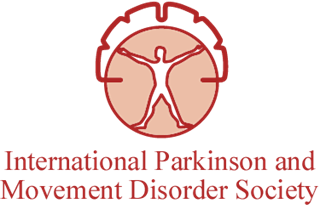Literature Review (Grey)
In this systematic literature review, the authors sought to present the neuroimaging features of CNS involvement in COVID-19 infection and to identify typical neuroimaging patterns that could indicate possible COVID-19-associated neurological manifestations. Typical neuroimaging features of cerebrovascular diseases and inflammatory processes associated with COVID-19 were analysed. Reports presenting individual patient data were included in further quantitative analysis with descriptive statistics. The authors identified 115 studies reporting a total of 954 COVID-19 patients with associated neurological manifestations and neuroimaging alterations. A total of 95 (82.6%) of the identified studies were single case reports or case series, whereas 660 (69.2%) of the reported cases included individual information and were thus included in descriptive statistical analysis. Ischaemia with neuroimaging patterns of large vessel occlusion event was revealed in 59.9% of ischaemic stroke patients, whereas 69.2% of patients with intracerebral hemorrhage exhibited bleeding in a location that was not associated with hypertension. Callosal and/or juxtacortical location was identified in 58.7% of cerebral microbleed positive images. Features of hemorrhagic necrotising encephalitis were detected in 28.8% of patients with meningo-encephalitis. The authors concluded that a variety of CNS involvement is reported in COVID-19 patients. Typical and atypical neuroimaging features have been observed in some disease entities, and familiarity with these imaging patterns may assist clinicians in the differential diagnosis of COVID-19 CNS manifestations.
DOI: 10.1111/jon.12819











